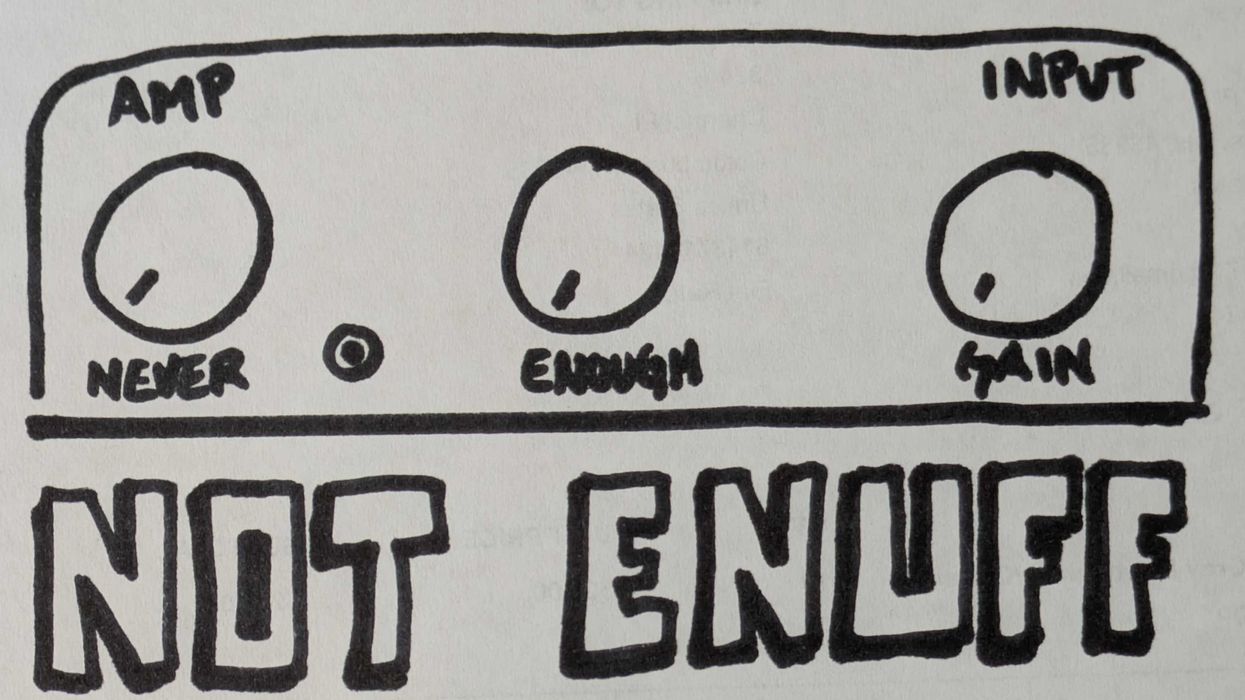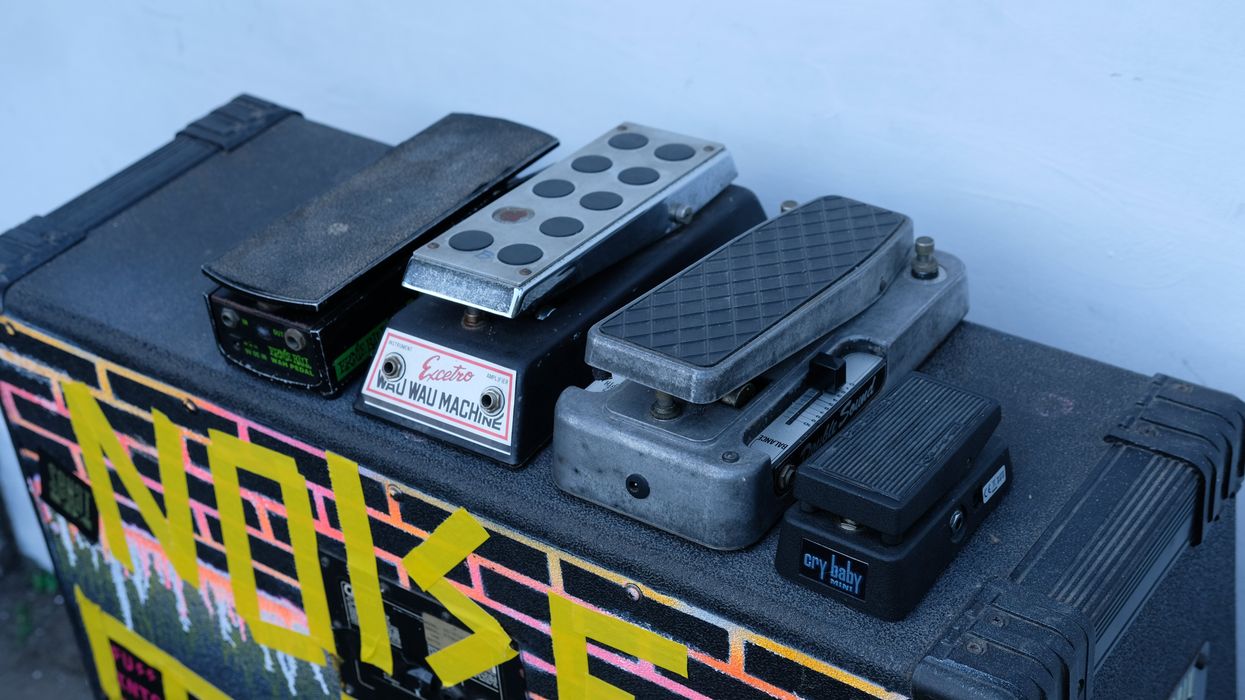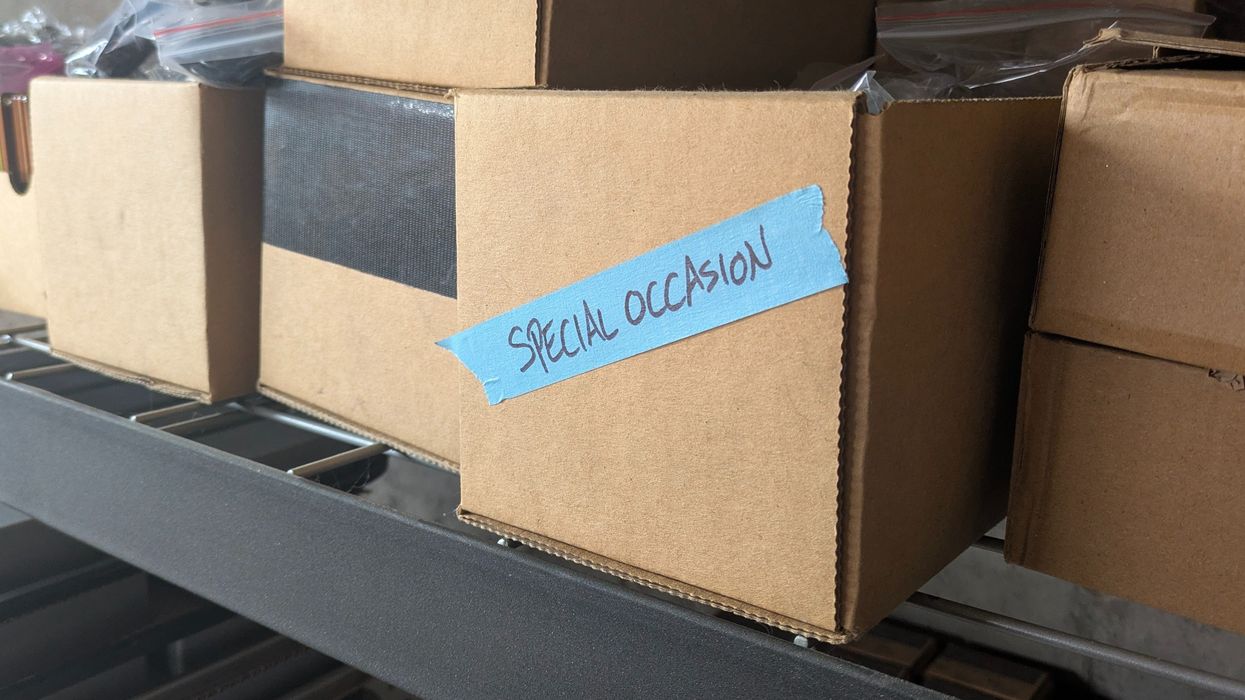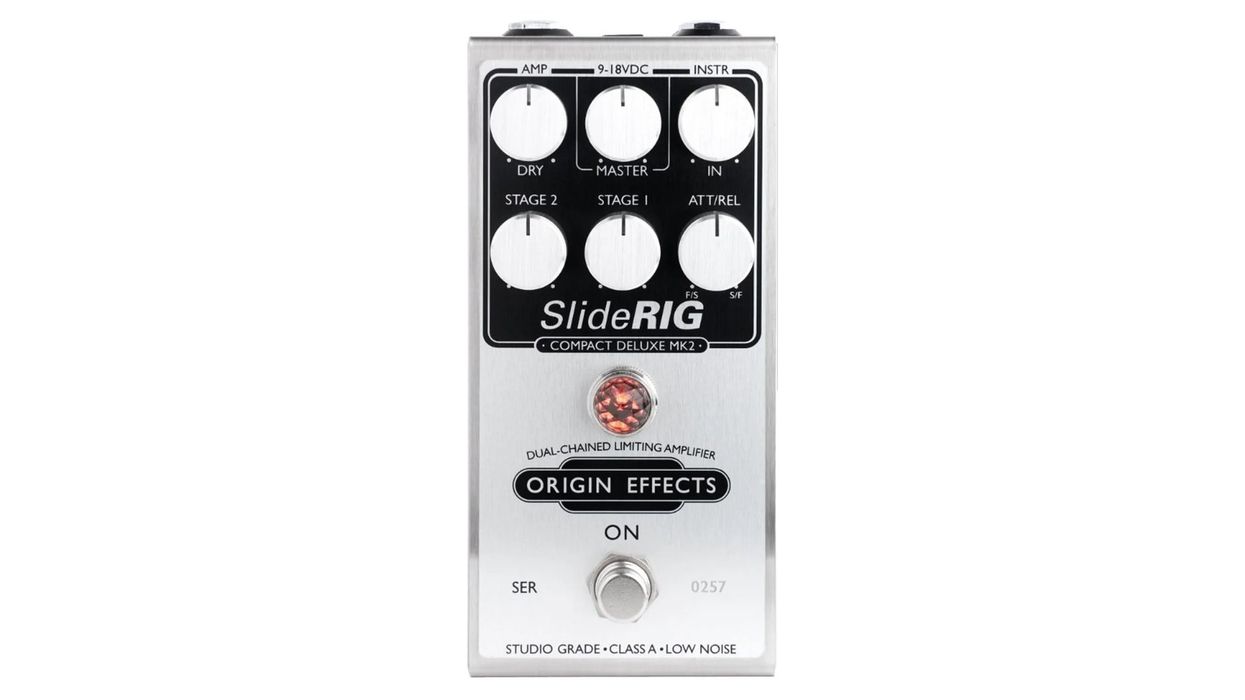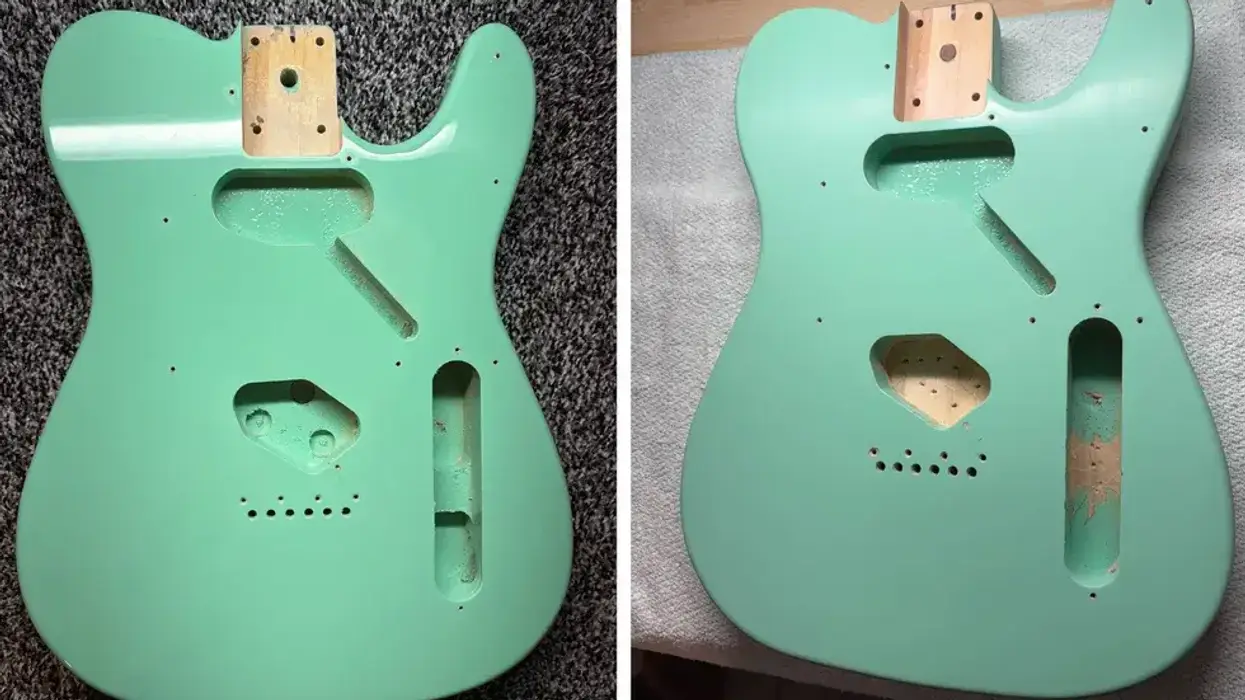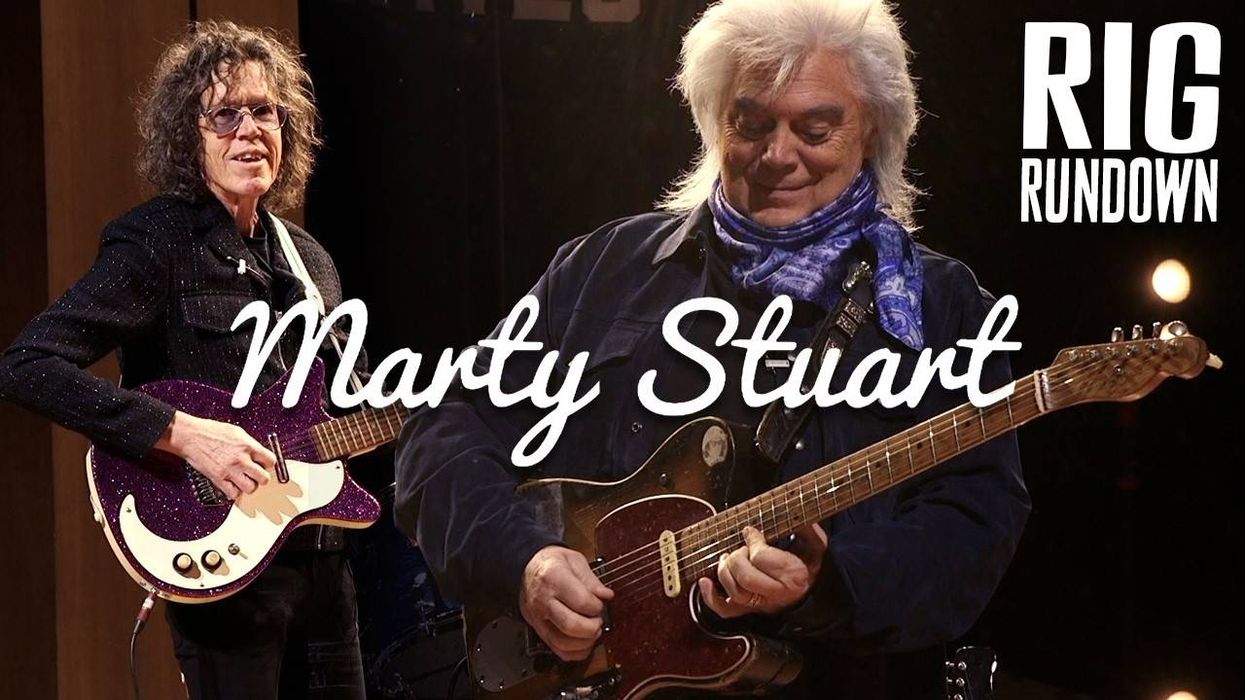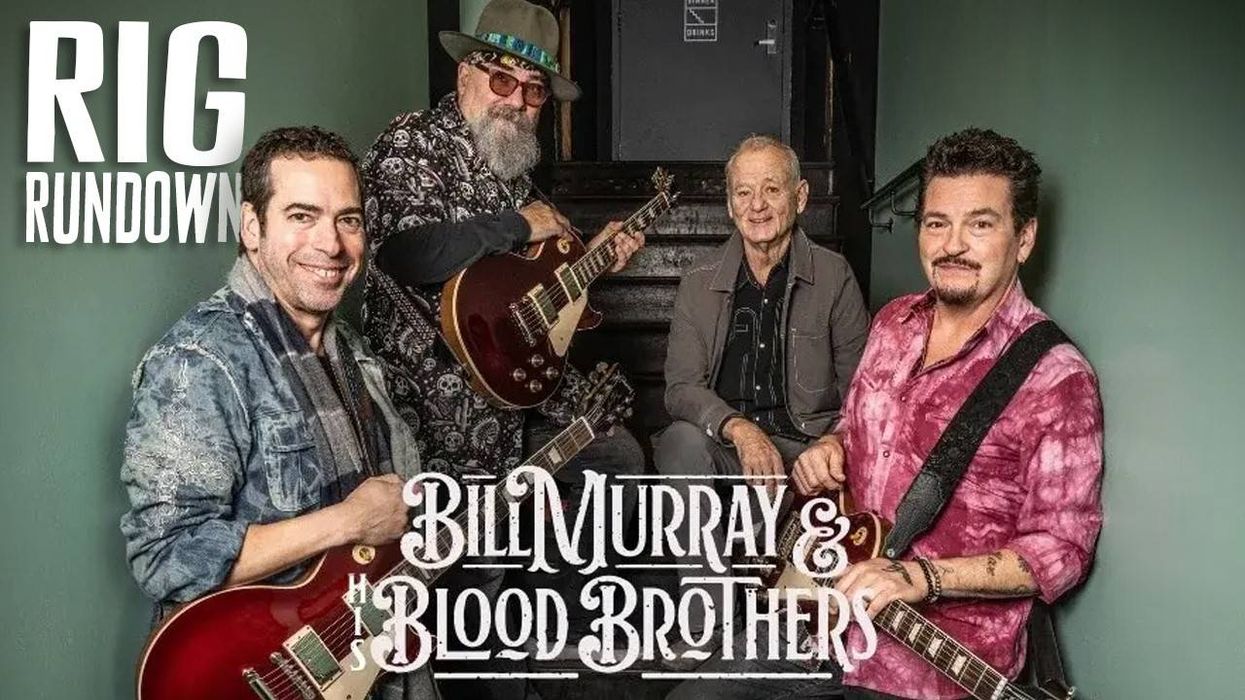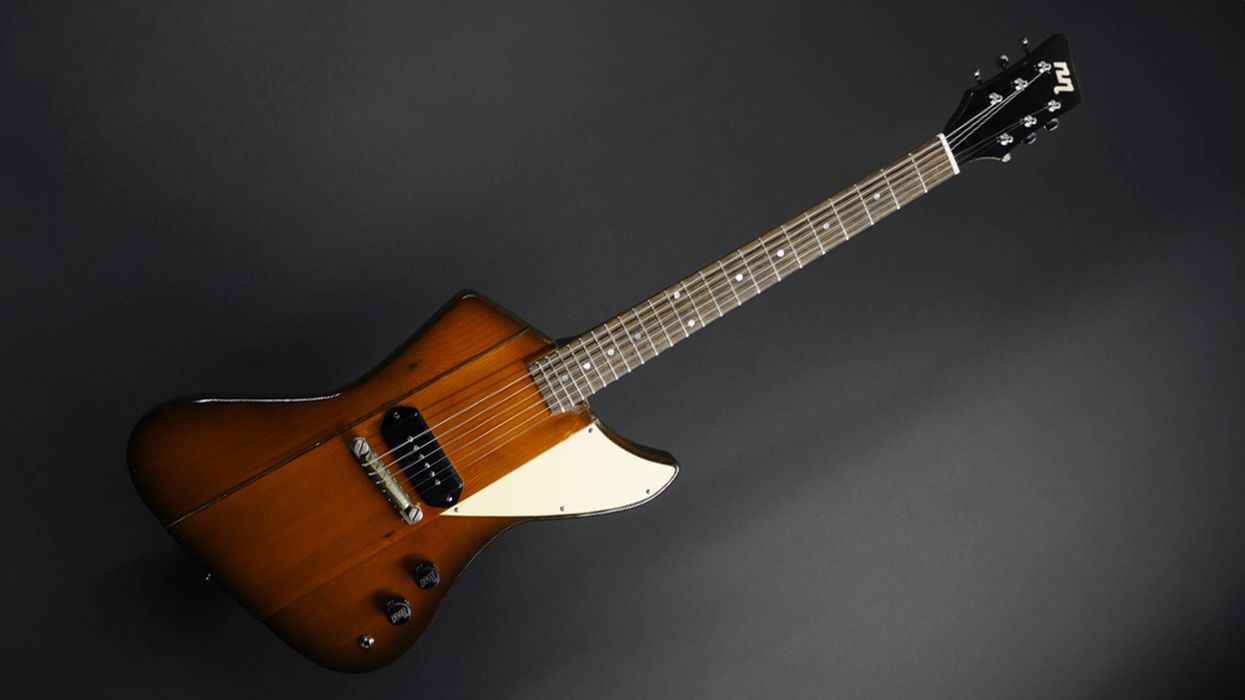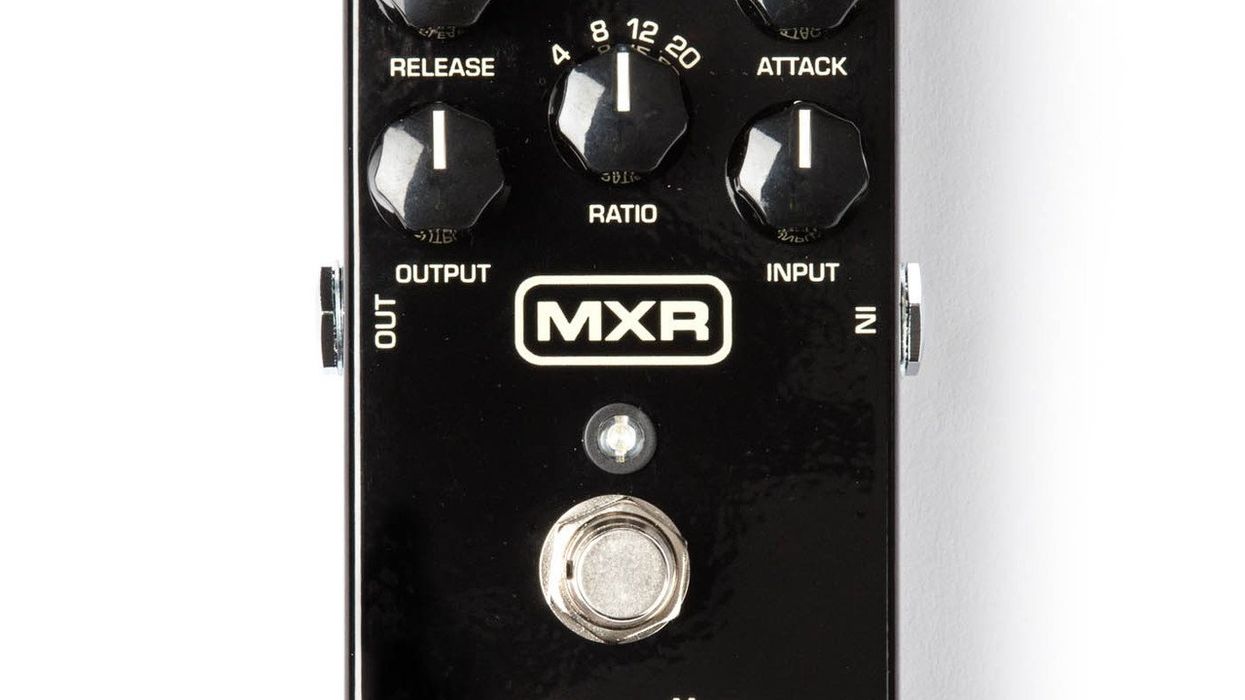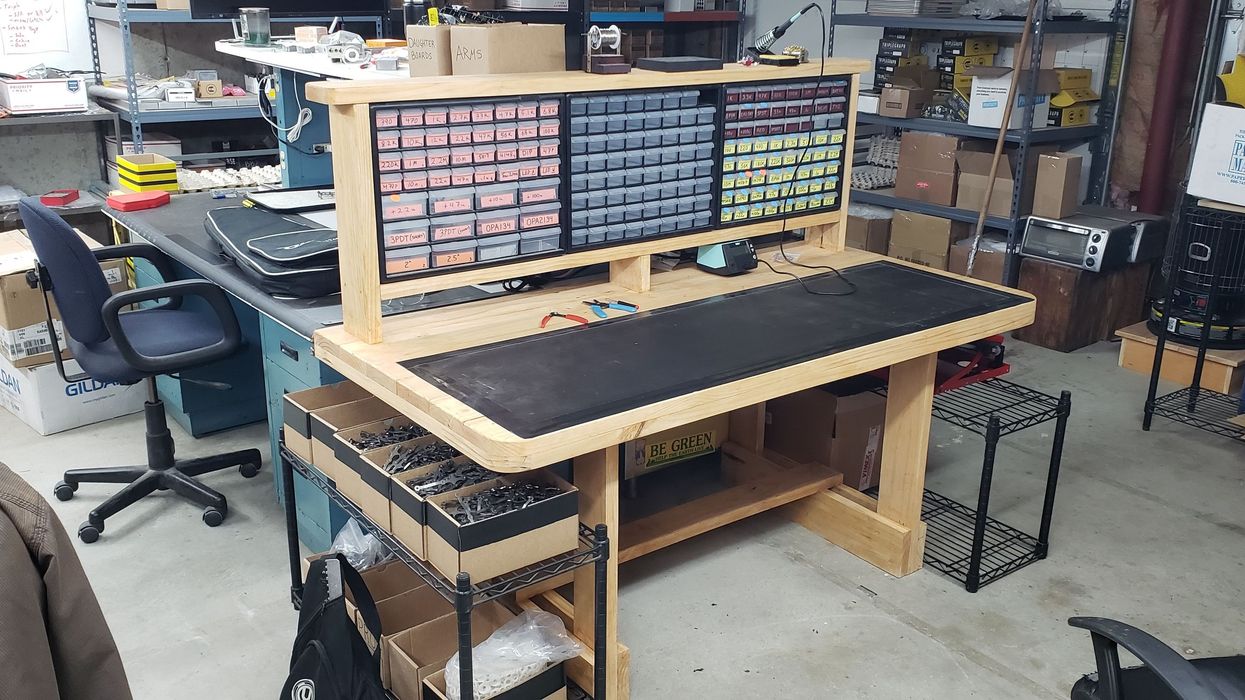I recently spoke at a webinar with pedal rental service Buy or Borrow. The topic I submitted was, “Can the dirt pedal market ever be oversaturated?” I thought it would be fun to approach the subject like a debate, take the dissenting position, and present my argument. I’d like to explore this same question here. Now, since this column isn’t an in-person debate against an opponent, there won’t be a back-and-forth dialogue and I won’t be constructing and presenting a syllogism. I’ll be keeping it more casual and outlining talking points with supporting information and examples.
Here are some reasons I believe the dirt pedal market will not become oversaturated.
Classics that transcend generations
These are the industry staples—pedals that transcend trends and feel almost like part of the public domain. They originate from large manufacturers whose advanced production capabilities and buying power enable them to scale efficiently and keep costs low, resulting in affordable, player-friendly options ideal for those just starting their pedal journey. Classic examples include the Fuzz Face, Electro-Harmonix Big Muff Pi, Ibanez Tube Screamer, Pro Co RAT, and Boss DS-1.
New versions
Brands that become well known for one or several dirt pedals will inevitably and subsequently release new versions with updated and/or added features. These releases help carry the lineage forward and keep it in the public eye. A classic example is the Big Muff Pi, with more contemporary counterparts like the JHS Morning Glory, Fulltone OCD, and Way Huge Green Rhino.
Brand loyalty
Customers looking for a specific dirt circuit or tonal style tend to seek out their preferred brand’s take on it. For instance, if you’re after a Tube Screamer and happen to be an EarthQuaker Devices fan, you might reach for a Plumes.
Tweaks that appeal
This category centers on the appeal of both subtle and significant tweaks to well-known circuits. Take the Tube Screamer, for example: Voodoo Lab’s Sparkle Drive adds a simple but beloved clean blend, while EarthQuaker’s Palisades takes the classic three-knob overdrive to extremes with seven knobs, two toggles, and three footswitches.
The newest thing/hype
The gear market is perpetually chasing the next new thing. Online buzz can fuel hype around both familiar formats and groundbreaking designs alike. On the classic side, there’s the 1981 DRV; on the innovative end, the Chase Bliss Automatone Preamp MKII.
“The gear market is perpetually chasing the next new thing. Online buzz can fuel hype around both familiar formats and groundbreaking designs alike.”
Artist versions
Musical artists could be categorized as the original “influencers.” For decades, they’ve partnered with guitar and amp makers, and in recent years, those collaborations have expanded into the pedal world. Fans of these artists often gravitate toward the gear that bears their name. Notable examples include the Wampler Paisley Drive with Brad Paisley, the EarthQuaker Gary with Lee Kiernan of IDLES, the Union Tube & Transistor Bumblebuzz with Jack White, and Horizon Devices, founded by Misha Mansoor of Periphery.
Collaborations
Just as artists collaborate with brands, we’ve also seen pedal companies team up with one another. These partnerships create double the exposure and broaden awareness for both brands. Notable examples include the JHS/Boss Angry Driver, Chase Bliss/Analog Man Brothers AM, Spruce Effects/Pelican Noiseworks Pelitaur GE, and MXR/Fuzzrocious Bass Distortion.
2-in-1 combos
Most brands offer multiple dirt pedals in their lineup, and many include 2-in-1 or dual-drive options. These are a great way to save space, power, and money—all while expanding tonal flexibility.
Limited editions (or colors)
Limited-edition models—and even limited finishes of standard models—have become commonplace in today’s gear world. Larger manufacturers have taken note of this boutique trend and joined in. Examples include Ibanez’s hand-wired 808 with its metal enclosure, MXR’s gold-finished Phase 90, and even JHS’s Germanium Boost.
Legacy reissues
When a brand has been around for a decade or more, it often builds a loyal fanbase that knows its entire catalog, past and present. To honor that history, some manufacturers release small-batch reissues of legacy models. Recent examples include EarthQuaker’s Dirt Transmitter and White Light, the original-format JHS Morning Glory, and the iconic EHX Ram’s Head.
Same model, different size
Whether driven by manufacturer design or consumer demand, some brands offer a “family” of a particular model. This approach provides options to suit a wide range of needs. Two companies that do this especially well are Analog Man, with the Duke, Prince, and King of Tone, and Wampler, with the Mini, Standard, and Deluxe Plexi Drive.
Multiple on boards
Simply put, dirt is an effect category that often appears multiple times on a single pedalboard. It’s not uncommon to see a setup featuring a boost, an overdrive, a distortion, and a fuzz all together.
Cost friendly and artisan
From a purely financial standpoint, boost and fuzz pedals typically have fewer components, allowing them to be sold at very appealing prices. An $80 boost that does its one job effectively solves a problem while remaining low-risk for the buyer.
At the other end of the spectrum are companies operating on a “beyond artisan” model. These makers produce small batches using rare, vintage, or unique components, often built on stripboard, tagboard, or even point-to-point wiring—a meticulous and impressive approach that draws enthusiasts. Notable examples include Reeves Electro, Elephant Pedals, and R2R Electric.
This is the condensed version of the argument, but I still find it compelling in supporting the idea that the dirt pedal market is unlikely to become oversaturated. Do you find it convincing?
